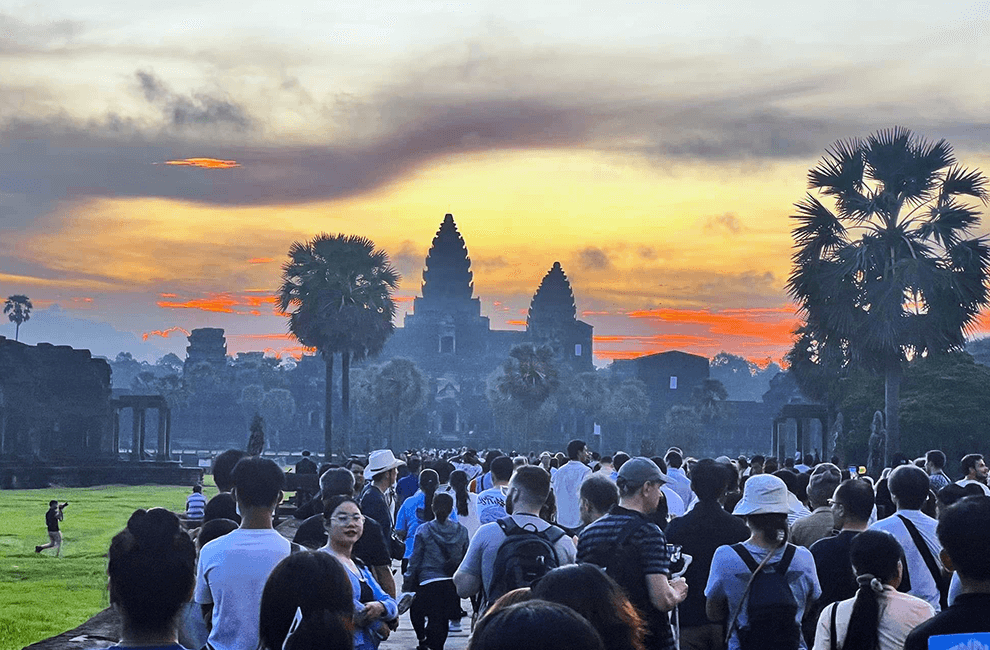I. Introduction of Perfect Guide to Visit Angkor
Angkor Wat stands as the crown jewel of cultural travel destination in Asia and here is the perfect guide to visit Angkor Wat, captivating visitors with its unparalleled historical significance and architectural grandeur. As the largest religious monument in the world, Angkor Wat offers a mesmerizing blend of spirituality and artistry, showcasing intricate bas-reliefs and towering spires that testify to the mastery of Khmer architecture. Delving into the complex history and cultural heritage of Angkor Wat promises a profound and enriching experience for those who seek to unravel the mysteries of this iconic site.
1. Brief overview of Angkor Wat
Perfect Guide to Visit Angkor Wat offers an unparalleled cultural gem and a cultural travel destination in Asia, renowned for its awe-inspiring architecture, rich history, and spiritual significance. As the largest religious monument globally, Angkor Wat represents the pinnacle of Khmer art and culture, showcasing intricate carvings, grand temples, and vast reservoirs. This UNESCO World Heritage site, nestled in the heart of Cambodia, beckons travelers to immerse themselves in the mystique of its ancient ruins and marvel at the legacy of the Khmer Empire.
Exploring Angkor Wat unveils a treasure trove of architectural masterpieces, including the iconic temple city of Angkor Thom and the enigmatic faces of the Bayon temple, each bearing witness to the architectural prowess and cultural sophistication of a bygone era. The spiritual essence of Angkor Wat resonates with visitors as they wander through its sacred halls and labyrinthine corridors, offering a profound insight into the religious practices and beliefs of the Khmer people.
Beyond its historical significance, Angkor Wat serves as a living testament to the enduring legacy of Cambodia’s cultural heritage, captivating travelers with its timeless beauty and profound spiritual aura. A visit to Angkor Wat promises a transformative journey through time, allowing visitors to connect with the rich tapestry of Asian culture while basking in the splendor of one of the world’s most remarkable archaeological wonders.
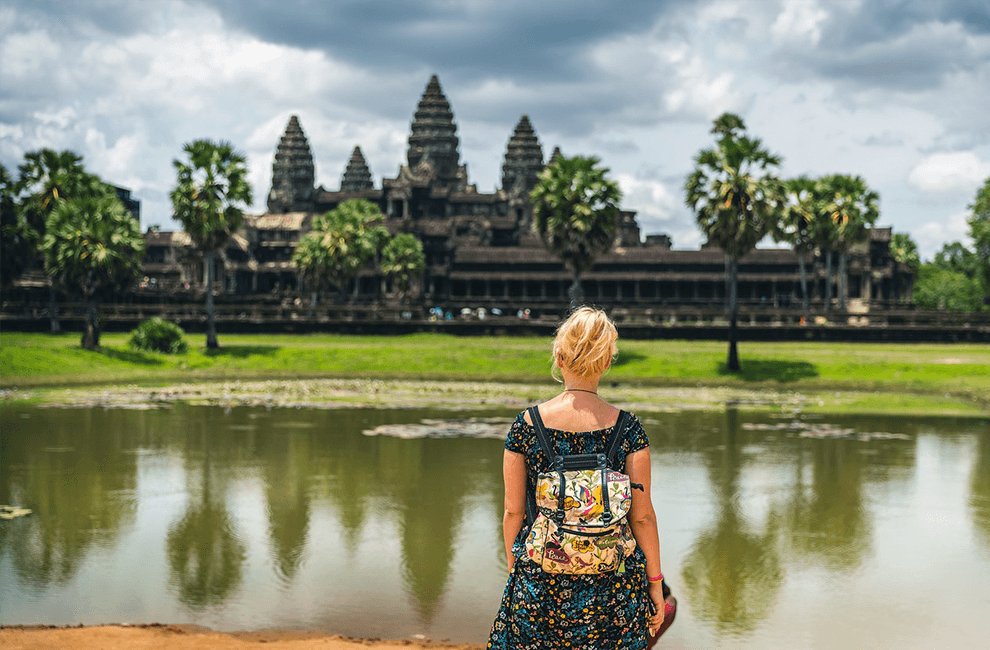
II. Historical Significance of Angkor Wat
Angkor Wat holds tremendous historical significance as a symbol of ancient Khmer architecture and culture. Dating back to the 12th century, it stands as a testament to the power and grandeur of the Khmer Empire. This majestic temple complex not only showcases remarkable engineering and artistic skills but also serves as a spiritual sanctuary for Buddhist and Hindu practices. Regarded as the best cultural travel destination in Asia, Angkor Wat’s intricate carvings, towering spires, and intricate bas-reliefs mesmerize visitors from around the globe. Its enduring legacy as a UNESCO World Heritage Site cements its importance not only as a historical site but also as a hub of cultural exchange and appreciation.
1. Exploration of the Khmer Empire
During the Angkor Wat period, the exploration of the Khmer Empire played a crucial role in uncovering the rich history and architectural legacy of this ancient civilization. Scholars and archaeologists have extensively studied the temples, reservoirs, and urban layouts of Angkor to gain insights into the sophisticated engineering and religious beliefs of the Khmer people.
The exploration of this period has not only provided a deeper understanding of the society and culture of the Khmer Empire but has also shed light on its interactions with neighboring civilizations and the legacy it has left on Southeast Asian history. By delving into the ruins and artifacts of Angkor, researchers continue to piece together the puzzle of this remarkable empire, showcasing the significance of exploration in unraveling the mysteries of the past with a professional and meticulous approach.
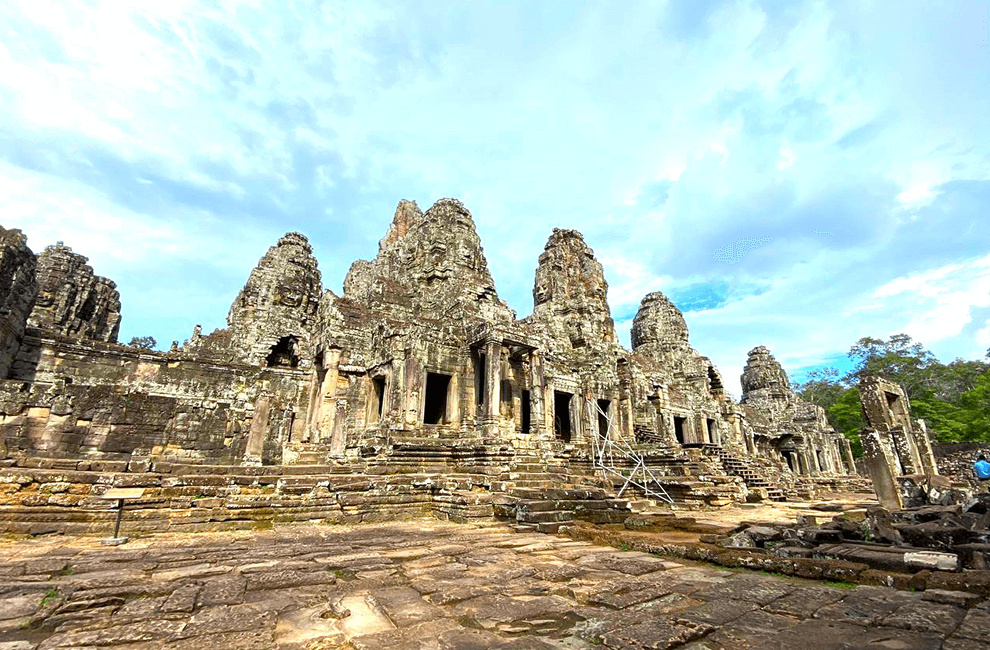
2. Architectural marvels of Angkor Wat
Angkor Wat stands as an unparalleled architectural marvel that captivates the world with its intricate design and grandeur. As the largest religious monument globally, its towering central spire and intricate bas-reliefs showcase the ingenuity and craftsmanship of the Khmer Empire. The temple’s sophisticated layout, harmoniously marrying spiritual and aesthetic elements, reflects a profound understanding of architectural principles. From the majestic Angkor Wat towers to the iconic gallery of a thousand Buddhas, each aspect of this ancient wonder exudes a timeless elegance that continues to awe and inspire visitors from around the globe.
III. Cultural Diversity at Angkor Wat
Angkor Wat, a symbol of Cambodia’s rich historical and cultural heritage, serves as a testament to the remarkable cultural diversity present in the region. The sprawling temple complex showcases a blend of Hindu and Buddhist architectural styles, reflecting the country’s intricate past and the varied influences it has endured over the centuries. Visitors from across the globe flock to Angkor Wat not only to admire its awe-inspiring structures but also to immerse themselves in the diverse cultural tapestry that envelops the site. This unique amalgamation of traditions and ideologies at Angkor Wat stands as a captivating example of how cultural diversity can thrive and flourish, resonating with visitors and scholars alike.
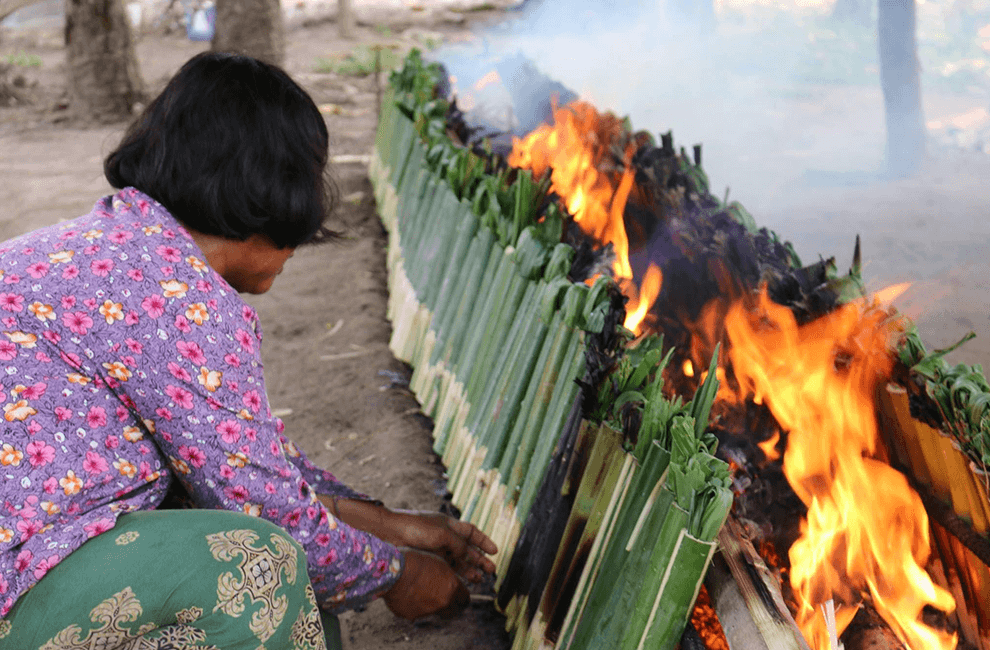
1. Influence of Hinduism and Buddhism
During the Angkor Period, the influence of Hinduism and Buddhism was profound and omnipresent. Hinduism brought a well-defined cosmology, intricate rituals, and divine narratives that permeated every aspect of daily life, from art and architecture to governance and social hierarchy. The grand temples like Angkor Wat stand as a testament to the deep reverence for Hindu deities like Vishnu and Shiva. Concurrently, Buddhism introduced concepts of compassion, karma, and enlightenment that inspired the construction of massive stupas and intricate bas-reliefs that depicted the life of Buddha. This synthesis of Hindu and Buddhist beliefs not only shaped the spiritual landscape of the region but also left an indelible mark on the art, culture, and societal structures of the Angkor civilization.
2. Rituals and Customs Practiced at Angkor Wat
At Angkor Wat, a UNESCO World Heritage Site in Cambodia, various rituals and customs have been practiced for centuries. These rituals include offerings of incense, fruits, and flowers to the deities, as well as performing ceremonial dances and chanting prayers. Pilgrims often follow a specific clockwise path around the temple complex, a tradition believed to bring good luck and blessings. Additionally, participating in meditation sessions and receiving blessings from the monks are customary practices that visitors can engage in to immerse themselves in the spiritual atmosphere of Angkor Wat. These rituals and customs not only highlight the deep religious significance of the site but also offer a unique cultural experience for those visiting this historical marvel.
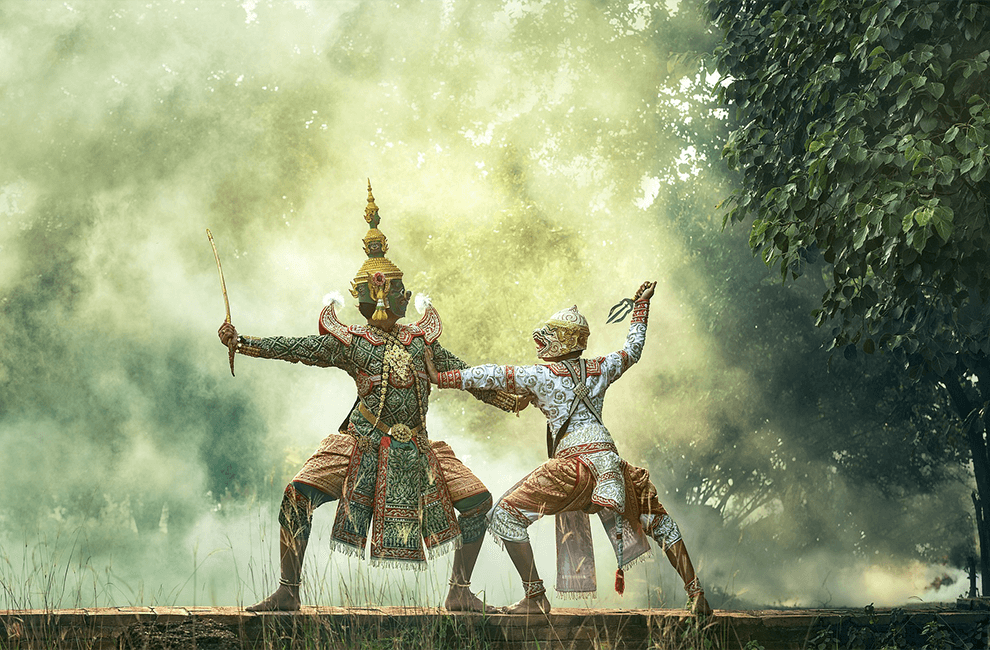
IV. Exploring Angkor Wat
Exploring Angkor Wat is a truly remarkable experience that should be on everyone’s bucket list. The sheer scale and intricate beauty of this UNESCO World Heritage Site leave a lasting impression on all who visit Angkor Wat. From its iconic main temple to the hidden gems scattered throughout the vast complex, every corner of Angkor Wat holds a piece of history waiting to be discovered. Planning a trip to this architectural marvel should be considered a must-do at least once in your life with a perfect guide, as it offers a glimpse into the grandeur and sophistication of the ancient Khmer civilization.
1. Key attractions within Angkor Wat
Angkor Wat, a renowned UNESCO World Heritage Site in Cambodia, boasts a plethora of key attractions that captivate visitors worldwide. Among these attractions are the iconic Angkor Wat main temple itself, the mesmerizing Bayon Temple with its numerous serene smiling faces, the intricately designed Ta Prohm Temple entwined with ancient tree roots, and the massive Angkor Thom complex featuring the impressive Terrace of the Elephants. Each of these attractions carries deep historical and architectural significance, offering a glimpse into the grandeur of the Khmer Empire and leaving a lasting impression on all who have the privilege to explore them.
2. Recommended itinerary for visiting Angkor Wat
When planning a visit Angkor Wat, perfect guide offers well-structured itinerary to make the most of your time exploring this awe-inspiring temple complex. For a comprehensive adventure, the Angkor Wat Adventure tour itinerary offers a well-rounded experience, highlighting the beauty and history of Angkor Wat. If you’re looking for a shorter trip, the Siem Reap Short Break Tour provides a condensed yet enriching exploration of the temple grounds.
However, for those seeking a more extensive experience, the Siem Reap, Battambang Discovery tour is the ideal choice, allowing ample time to delve into the cultural richness and historical significance of the region. Determining the right itinerary depends on your preferences and time constraints, so selecting the option that aligns best with your interests will ensure a memorable and fulfilling visit to Angkor Wat.
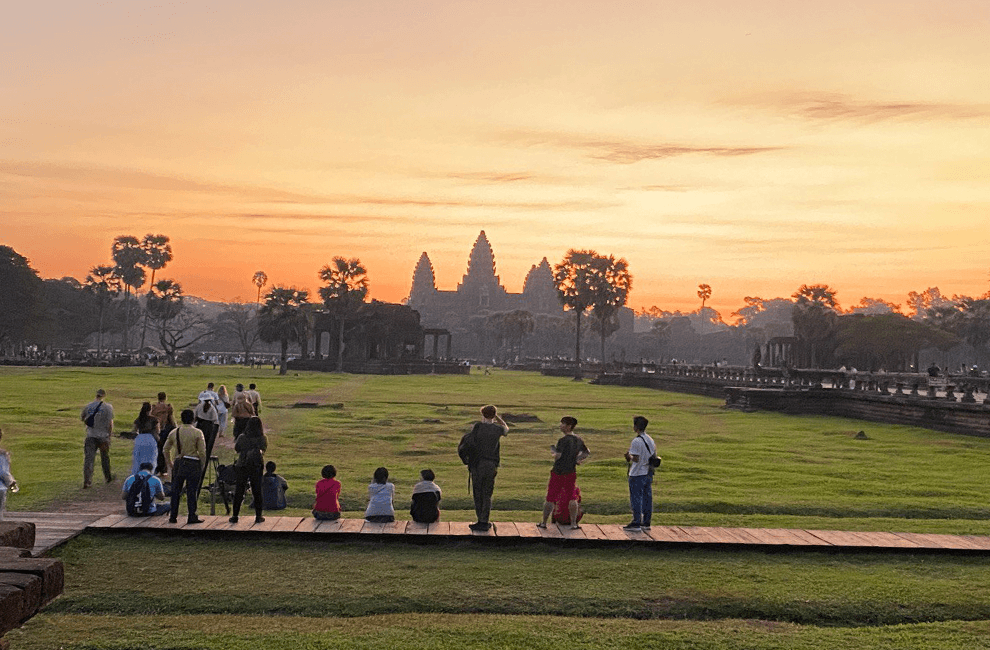
V. Practical Tips for Visitors
When planning a visit to Angkor Wat, it is essential to prepare adequately to make the most of your experience. Start by arriving early to avoid the crowds and make the most of the cooler morning hours for exploring the temples. Dress appropriately by wearing comfortable clothing that covers your shoulders and knees, as it is a sign of respect in Cambodian culture. Stay hydrated by carrying a water bottle and wearing sunscreen to protect yourself from the sun. Hiring a local guide can provide you with valuable insights about the history and significance of each temple.
Lastly, make sure to respect the rules and regulations of the site to preserve its cultural heritage for future visitors. By following these practical tips, you can enhance your visit to Angkor and create lasting memories of this magnificent historical site.
1. Best time to visit Angkor Wat
The best time to visit Angkor is during the dry season, which typically runs from November to March. During this period, you can expect low humidity, clear skies, and cooler temperatures, making it ideal for exploring the ancient temples comfortably. This time of the year also coincides with the peak tourist season, so planning your visit in advance is advisable to avoid the crowds and make the most of your experience while marveling at the stunning architecture and rich history of Angkor Wat.
2. Dress code and etiquette
In a professional setting, adhering to dress code and etiquette is crucial for maintaining a respectful and professional environment. Dress code guidelines often vary depending on the workplace, but it is essential to dress in a manner that reflects professionalism and aligns with the company’s standards. Similarly, observing etiquette practices, such as showing respect to colleagues, arriving on time for meetings, and communicating effectively, contributes to a positive work culture. By upholding dress code standards and practicing good etiquette, employees can demonstrate professionalism, build credibility, and foster a harmonious work environment.
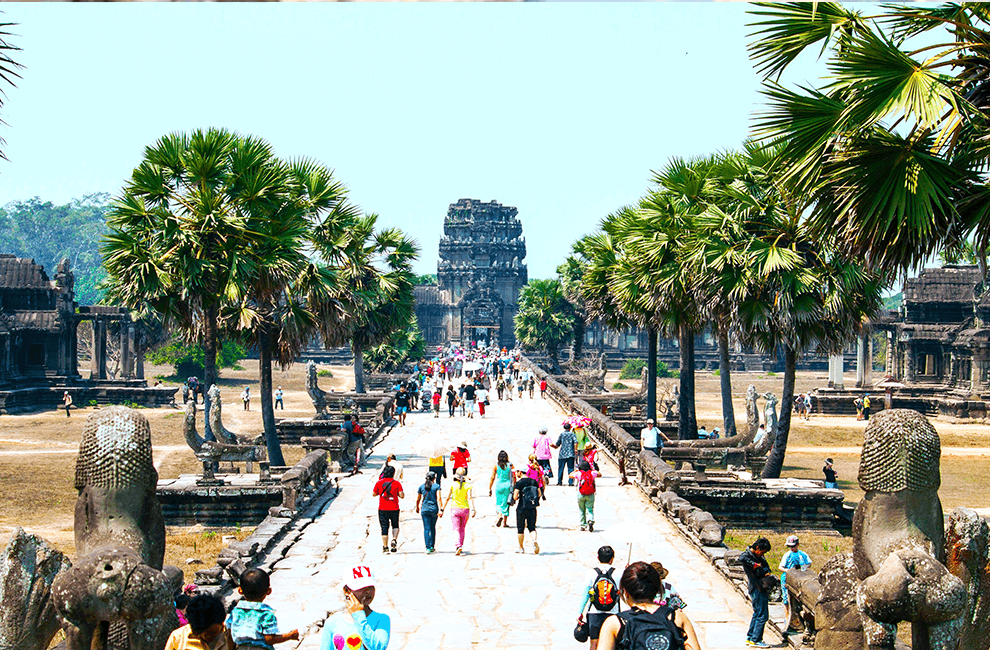
3. Transportation options and accommodation
When considering transportation options and accommodation for your trip, it is important to weigh the choices carefully. In Cambodia, private taxis are often regarded as the best choice for travelers due to their convenience and reliability, ensuring a smooth journey. Additionally, the iconic Cambodian Tuk Tuks offer a unique and immersive way to explore the surroundings. When it comes to accommodation, Cambodia caters to a wide range of preferences, from cozy guesthouses perfect for budget travelers to luxurious international 5-star hotels for those seeking a lavish experience. With such diverse options available, travelers can easily find the perfect combination of transportation and accommodation to suit their individual needs and preferences.
4. Responsible tourism at Angkor Wat
In my role as a part of responsible tourism efforts at Angkor, it is imperative to emphasize sustainable practices that not only preserve the cultural heritage of this historic site but also contribute to the well-being of local communities. By supporting ethical tour operators, promoting respectful behavior among visitors, and engaging in conservation initiatives, we aim to ensure that Angkor Wat remains a thriving and culturally significant destination for generations to come. Our commitment to responsible tourism underscores the importance of respecting the environment, supporting local economies, and valuing the cultural legacy of this iconic landmark.


